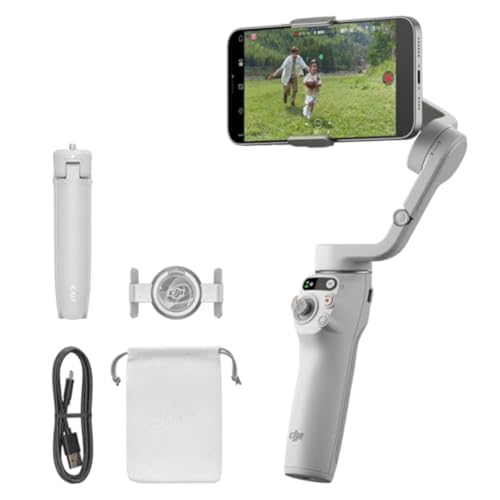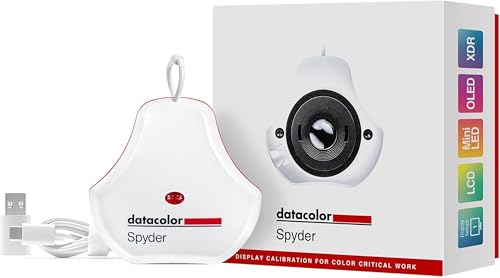
When it comes to the iPhone camera, there is often a debate about whether its capabilities are more reliant on software or hardware.
The truth is that both play a crucial role in the performance of the iPhone camera. The hardware, such as the lens, sensor, and image processor, determines the quality of the photos that the camera can capture. On the other hand, the software, including the camera app and image processing algorithms, enhances the user experience and adds advanced features like portrait mode and night mode.
Ultimately, it is the seamless integration of hardware and software that makes the iPhone camera stand out from the competition and deliver stunning photos and videos.
Exploring the iPhone Camera Technology
When it comes to the iPhone camera, it’s a combination of both hardware and software working seamlessly together to produce stunning photos and videos.
Hardware Components:
- Lens: The iPhone camera lens is a crucial hardware component that captures light and focuses it on the sensor.
- Image Sensor: The image sensor converts light into electrical signals, which are then processed to create a digital image.
- Processor: The iPhone’s processor plays a vital role in handling image processing tasks quickly and efficiently.
- Optical Image Stabilization (OIS): OIS helps reduce blur caused by hand movements, resulting in sharper images.
Software Enhancements:
- Image Signal Processor (ISP): The ISP in the iPhone processes data from the image sensor to enhance colors, reduce noise, and improve overall image quality.
- Smart HDR: Apple’s Smart HDR technology combines multiple images at different exposures to create a single, well-balanced photo with improved dynamic range.
- Night Mode: The iPhone’s Night Mode uses advanced algorithms to capture low-light scenes with enhanced detail and reduced noise.
- Portrait Mode: This software feature creates a depth-of-field effect by blurring the background, simulating a DSLR-like bokeh effect.
By leveraging cutting-edge hardware components and sophisticated software algorithms, the iPhone camera continues to push the boundaries of mobile photography and deliver exceptional image quality to users.
Understanding the iPhone Camera Components
When it comes to the iPhone camera, it’s a combination of both hardware and software working together to capture stunning photos and videos. Let’s break down the key components:
Hardware Components:
- Lens: The lens of the iPhone camera is responsible for focusing light onto the image sensor.
- Image Sensor: Converts light into electronic signals, which are then processed to create the final image.
- Aperture: Controls the amount of light entering the camera, affecting the exposure of the image.
- Optical Image Stabilization (OIS): Helps reduce motion blur in photos and videos by stabilizing the camera lens.
Software Components:
- Image Processing Algorithms: The iPhone’s software processes the raw image data captured by the sensor to enhance colors, sharpness, and overall quality.
- Smart HDR: Uses machine learning to capture multiple images at different exposures and combine them for a well-balanced final photo.
- Night Mode: Enhances low-light photography by capturing multiple images and combining them for a brighter, more detailed result.
By understanding both the hardware and software components of the iPhone camera, you can better appreciate the technology behind the incredible photos and videos it produces.
Debunking the Myth: Is the iPhone Camera Software?
There is a common misconception that the iPhone camera is solely dependent on software for its performance. However, the reality is that the iPhone camera is a combination of both hardware and software working together to capture stunning photos and videos.
The Hardware Behind the iPhone Camera
The iPhone camera hardware includes components such as the lens, sensor, image signal processor (ISP), and other physical elements that contribute to the quality of the images captured. The lens determines how light enters the camera, while the sensor converts this light into digital data. The ISP processes this data to optimize colors, contrast, and sharpness.
The Software Enhancements
While the hardware plays a crucial role, the software is equally important in enhancing the overall camera experience. Apple’s software algorithms improve image processing, noise reduction, portrait mode, and other features that contribute to the iPhone’s reputation for excellent photography. The software updates also bring new capabilities and improvements to the camera system.
Hardware vs. Software: The Camera Debate
When it comes to the iPhone camera, the debate between hardware and software often arises. Many people wonder whether the camera quality is primarily determined by the physical hardware or the software algorithms that process the images.
The Role of Hardware
Hardware refers to the physical components of the camera, such as the lens, sensor, and image processor. These components play a crucial role in capturing high-quality images with accurate colors, sharp details, and good low-light performance. The quality of the hardware can significantly impact the overall image quality produced by the camera.
The Role of Software
Software, on the other hand, refers to the algorithms and processing techniques used to enhance and optimize the images captured by the camera. Features like HDR, portrait mode, and night mode are examples of software enhancements that can improve the final image quality. Software processing can help compensate for limitations in the hardware and enhance the overall user experience.
The Evolution of iPhone Camera Technology
Since the introduction of the first iPhone in 2007, Apple has continuously improved the camera technology in its devices. The evolution of iPhone cameras has been remarkable, with each new model offering enhanced features and capabilities.
Introduction of the Dual Camera System
One of the significant advancements in iPhone camera technology was the introduction of the dual-camera system. This innovation allowed users to take photos with depth of field effects and improved low-light performance.
Integration of AI and Machine Learning
Apple has also integrated AI and machine learning algorithms into its camera software, enabling features like Smart HDR, Night mode, and Portrait mode. These features enhance the overall quality of images captured on iPhones.
With each new iPhone release, Apple continues to push the boundaries of camera technology, setting new standards for mobile photography.
Optimizing Your iPhone Camera Experience
Having a great camera on your iPhone is only half the battle. To truly get the most out of your device’s camera, follow these tips for optimizing your iPhone camera experience:
1. Keep Your Lens Clean
Make sure to regularly clean the lens of your iPhone camera to avoid smudges and dirt affecting your photos. A clean lens will help you capture sharp and clear images.
2. Experiment with Different Modes
Explore the various camera modes available on your iPhone, such as Portrait mode, Panorama, and Slow-motion. Each mode offers unique features that can enhance your photography experience.
- Portrait mode: Ideal for capturing stunning depth-of-field portraits.
- Panorama: Perfect for capturing wide landscapes or group shots.
- Slow-motion: Great for creating dynamic and cinematic videos.
By experimenting with different modes, you can discover new ways to unleash your creativity and capture memorable moments.
Remember, optimizing your iPhone camera experience is not just about the hardware–it’s also about how you use the software features to elevate your photography skills.






